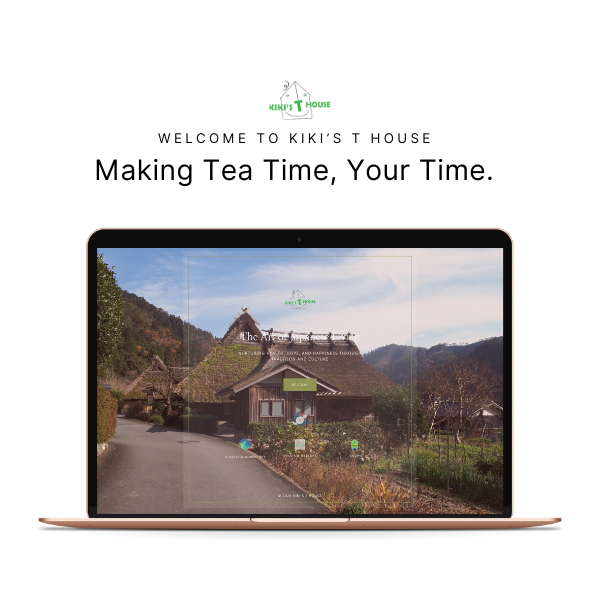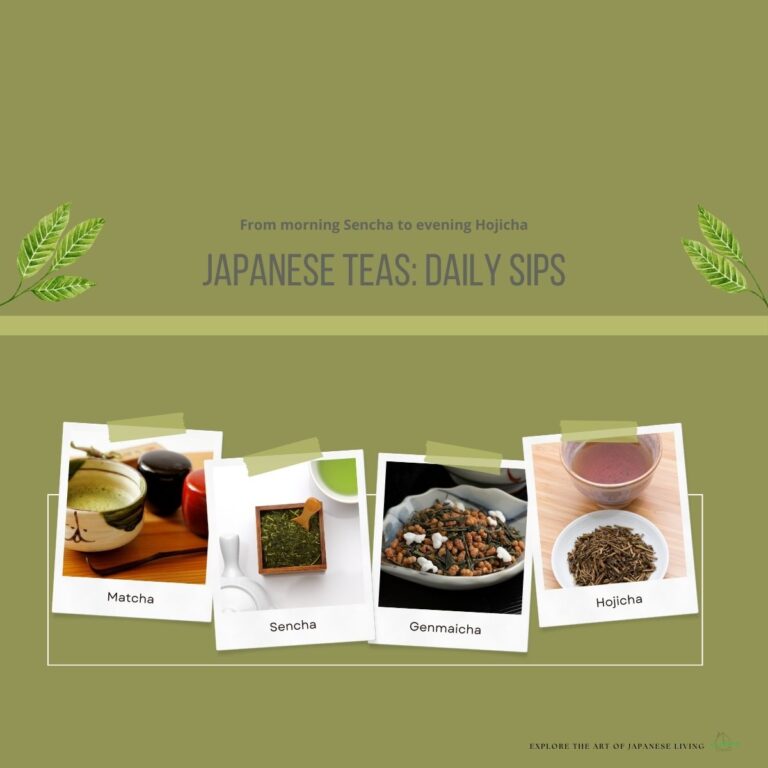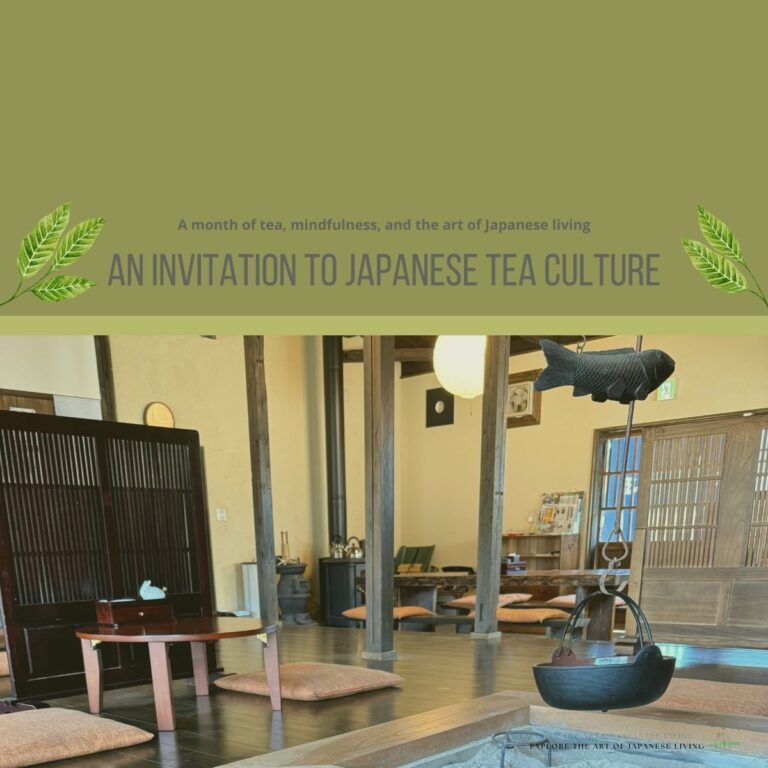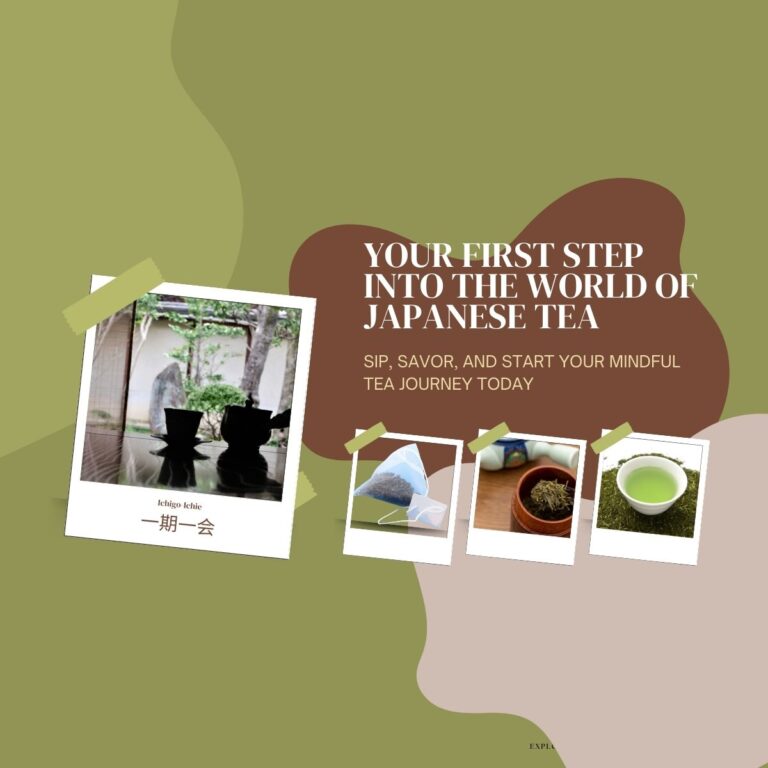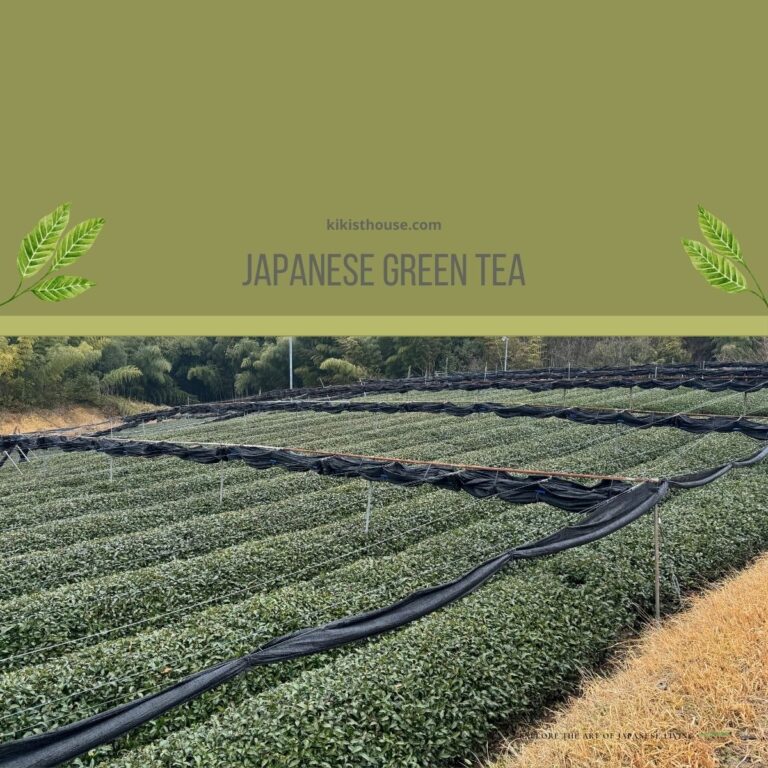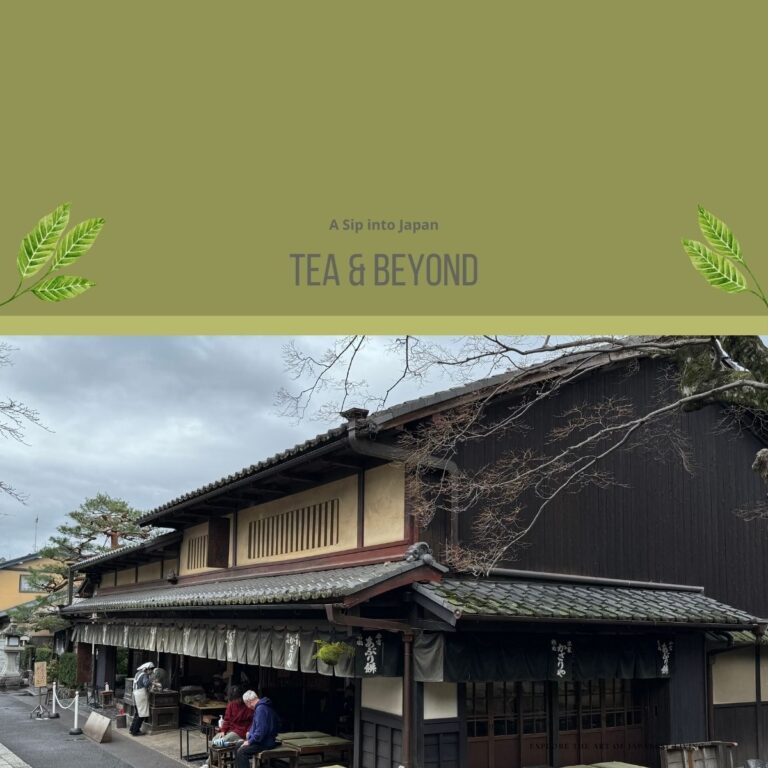Coffee vs. Tea: Which One Powers Your Day? | コーヒーとお茶、どっち派
Coffee gives a quick energy boost, but tea offers a smoother, more balanced lift. Discover the key differences in caffeine, health benefits, and how each drink impacts your focus and well-being. Whether you love coffee’s bold jolt or tea’s calming clarity, find out which suits your rhythm best.
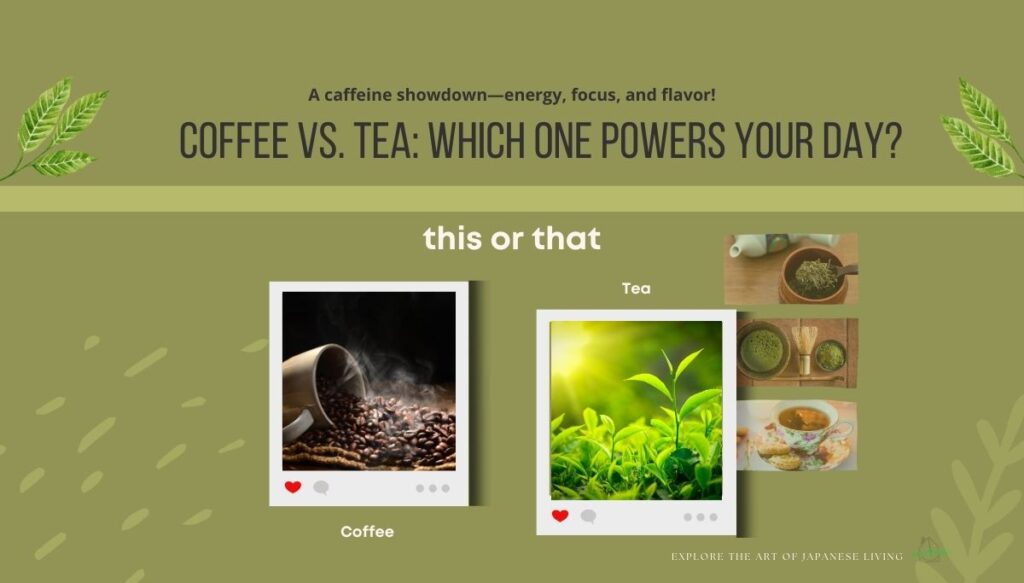
Wake Up Your Senses: The Coffee vs. Tea Debate
The morning rush: a hot cup in hand, ready to take on the world. For many, that cup is coffee—a strong jolt of energy to start the day. But is there another way to wake up and stay energized without the jitters? Maybe it’s time to look at tea, particularly Japanese tea, for a gentler, mindful boost.
Today, we’re diving into the classic debate: coffee vs. tea. We’ll compare caffeine content, health benefits, and how each drink affects energy and focus. Whether you’re a coffee lover or tea enthusiast, this post will help you decide which suits your energy needs.
Dolce and Baku Ask:
Can a drink energize and calm you at the same time?
Dolce wonders about how caffeine affects both body and mind, while Baku explores tea’s role in a mindful lifestyle. Let’s dive in and uncover the answer!
A Quick Note on Caffeine
Caffeine is a natural stimulant found in coffee, tea, chocolate, and some soft drinks. It blocks adenosine, a brain chemical that makes you feel sleepy, helping you stay awake and alert.
However, caffeine affects everyone differently. Some people feel a gentle boost, while others may experience restlessness or anxiety.
⚠️ Note: Everyone’s body reacts to caffeine differently, so it’s important to pay attention to how it makes you feel. If you have any health concerns or conditions, please consult your doctor or a specialist before making significant changes to your caffeine consumption.
Caffeine Content: A Quick Energy Boost vs. Steady Focus
Caffeine is a natural stimulant found in coffee, tea, chocolate, and some soft drinks. It blocks adenosine, a brain chemical that makes you feel sleepy, helping you stay awake and alert.
☕ Coffee: The Classic Morning Jolt
Coffee delivers a strong, immediate boost, making it ideal for busy mornings. However, its effects wear off quickly, often leading to an afternoon slump.
- Caffeine per 100 ml: ~60 mg (varies by bean & brewing method)
- Pros: Instant energy, sharper focus
- Cons: Can cause jitters, energy crashes, potential anxiety
🍵 Japanese Tea: A Smoother, Balanced Lift
Unlike coffee, Japanese teas provide a gradual energy boost that lasts longer. The key ingredient? L-theanine, which works with caffeine to keep you alert yet calm.
- Pros: Long-lasting focus, no sudden crash
- Cons: If you need an instant energy spike, tea might feel too mild
Caffeine Content per 100ml: Japanese Teas vs. Coffee & Espresso
- Espresso (エスプレッソ) – 200 mg
→ The highest caffeine concentration, over 3 times stronger than regular coffee. A quick and intense energy boost. - Gyokuro (玉露) – 160 mg
→ The most caffeinated Japanese tea, even higher than coffee. Provides sustained energy and focused alertness. - Matcha (抹茶) – 45–70 mg
→ High in caffeine but balanced by L-theanine, promoting a calm yet alert state. Ideal for focus and mindfulness. - Black Tea (紅茶) – 30 mg
→ A moderate caffeine level, giving a steady energy boost without being overwhelming. - Coffee (コーヒー) – 60 mg
→ The standard reference point, offering a strong and instant wake-up effect. - Sencha (煎茶) – 20 mg
→ A balanced choice, providing gentle stimulation without jitteriness. Great for daily drinking. - Oolong Tea (烏龍茶) – 20 mg
→ Similar to Sencha, but with a more sustained energy release due to its partial oxidation. - Bancha (番茶) – 10 mg
→ Lower in caffeine than Sencha, offering a gentle lift—perfect for afternoon or evening. - Genmaicha (玄米茶) – 5–15 mg
→ Light and mellow, as it’s blended with roasted rice. A great low-caffeine alternative. - Hojicha (焙じ茶) – 3–15 mg
→ The lowest caffeine Japanese tea, roasted for a warm, toasty flavor. Perfect for relaxation and nighttime.
✍ This table shows the caffeine content per 100ml for each beverage, with a comparison based on coffee as the reference, and provides a concise summary of their respective energy effects.
➡️ Want to learn why some teas feel gentler despite similar caffeine levels? Stay tuned for an in-depth breakdown in a future post!
Health Benefits: More Than Just Caffeine
Both coffee and Japanese tea offer unique health benefits beyond just keeping you awake. Let’s take a look at what each brings to the table.
☕ Coffee: The Classic Energy Booster
- Rich in Antioxidants – Helps support heart health and reduces inflammation.
- Brain Health – May lower the risk of brain-related diseases like Alzheimer’s and Parkinson’s.
- Boosts Metabolism – Can help with fat burning and improve physical performance.
⚠️ Possible Downsides: Drinking too much coffee may cause jitters, an upset stomach, or an increased heart rate.
🍵 Japanese Tea: A Balanced Approach to Wellness
- Supports Heart Health – High in catechins, which help lower blood pressure and improve circulation.
- Calm & Focused Mind – Contains L-theanine, a natural compound that promotes relaxation while keeping you alert.
- Detox & Skin Benefits – Helps cleanse the body and supports healthy, glowing skin.
Japanese tea isn’t just about energy—it’s a mindful way to nourish both body and mind.
Mindfulness in Every Sip: A Balanced Approach to Energy
One of the biggest differences between coffee and tea is how they are enjoyed. Coffee is often rushed, a quick caffeine fix to start the day. Japanese tea, on the other hand, encourages slowing down and being present.
- ☕ The Coffee Habit: Grab and Go
Coffee is often consumed while multitasking—on the way to work, at a desk, or in a hurry. - 🍵 The Tea Ritual: A Moment of Pause
- Preparing tea, from boiling the water to steeping the leaves, creates a mindful moment. Whether it’s whisking matcha or savoring a cup of sencha, tea is a reminder to breathe, slow down, and enjoy.
✍ Take a moment to reflect:
“Tea is more than a drink—it’s a moment to reconnect with yourself.”
Dolce & Baku’s Closing Notes: The Essence of Every Sip
🌱 Dolce’s Curiosity: “Can a drink truly shape the way we experience energy? Let’s explore how tea and coffee each offer their own rhythm to our daily lives.”
😌 Baku’s Reflection: “Energy isn’t just about how quickly we wake up—it’s about how we sustain our focus and well-being. A mindful sip can make all the difference.”
While coffee delivers an instant jolt of energy, Japanese tea offers a more balanced lift. Thanks to L-theanine, a natural compound in tea, you get both alertness and calm—a unique combination that keeps you focused without feeling jittery.
Dolce & Baku’s Weekly Practice: Your Weekly Challenge
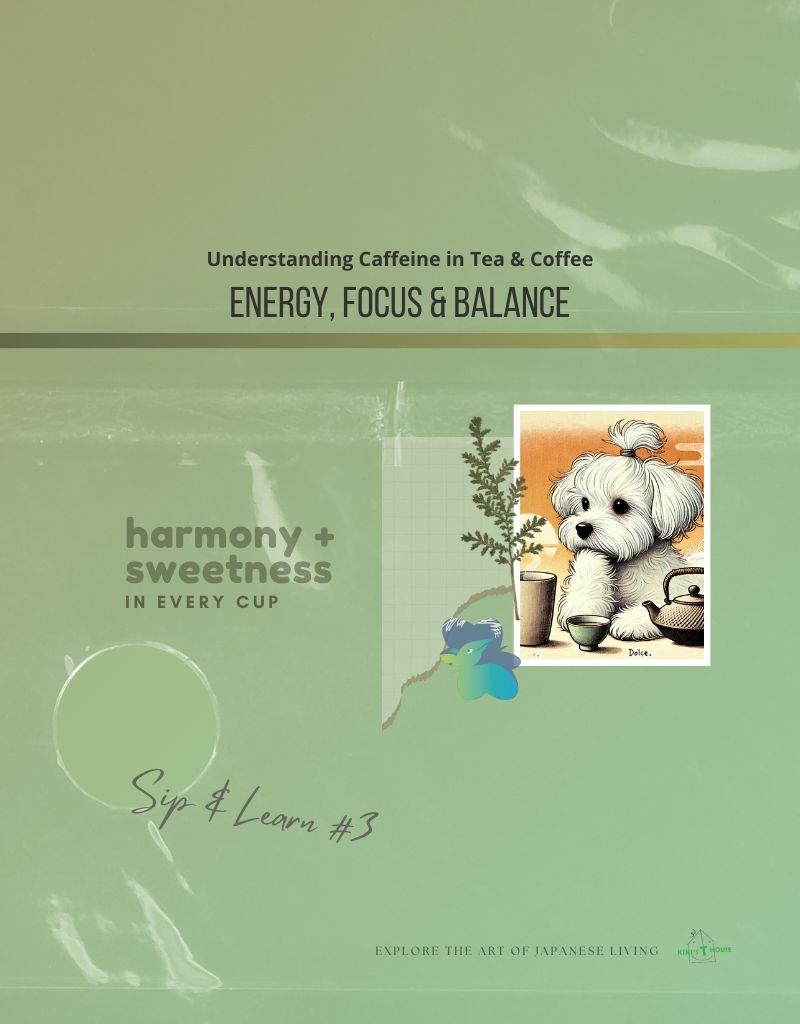
🍵 Dolce’s Challenge:
- Look up one scientific study on L-theanine’s effects on focus.
- Research how caffeine in tea works compared to coffee.
🌱 Baku’s Reflection:
- Replace coffee (or strong tea) with a gentler Hojicha or Bancha for a day.
- Notice how the energy boost feels—smoother? More balanced?
✅ Try This:
⬜ Research caffeine in tea vs. coffee.
⬜ Try a lower-caffeine tea for a day.
⬜ Reflect on how your focus and energy shift..
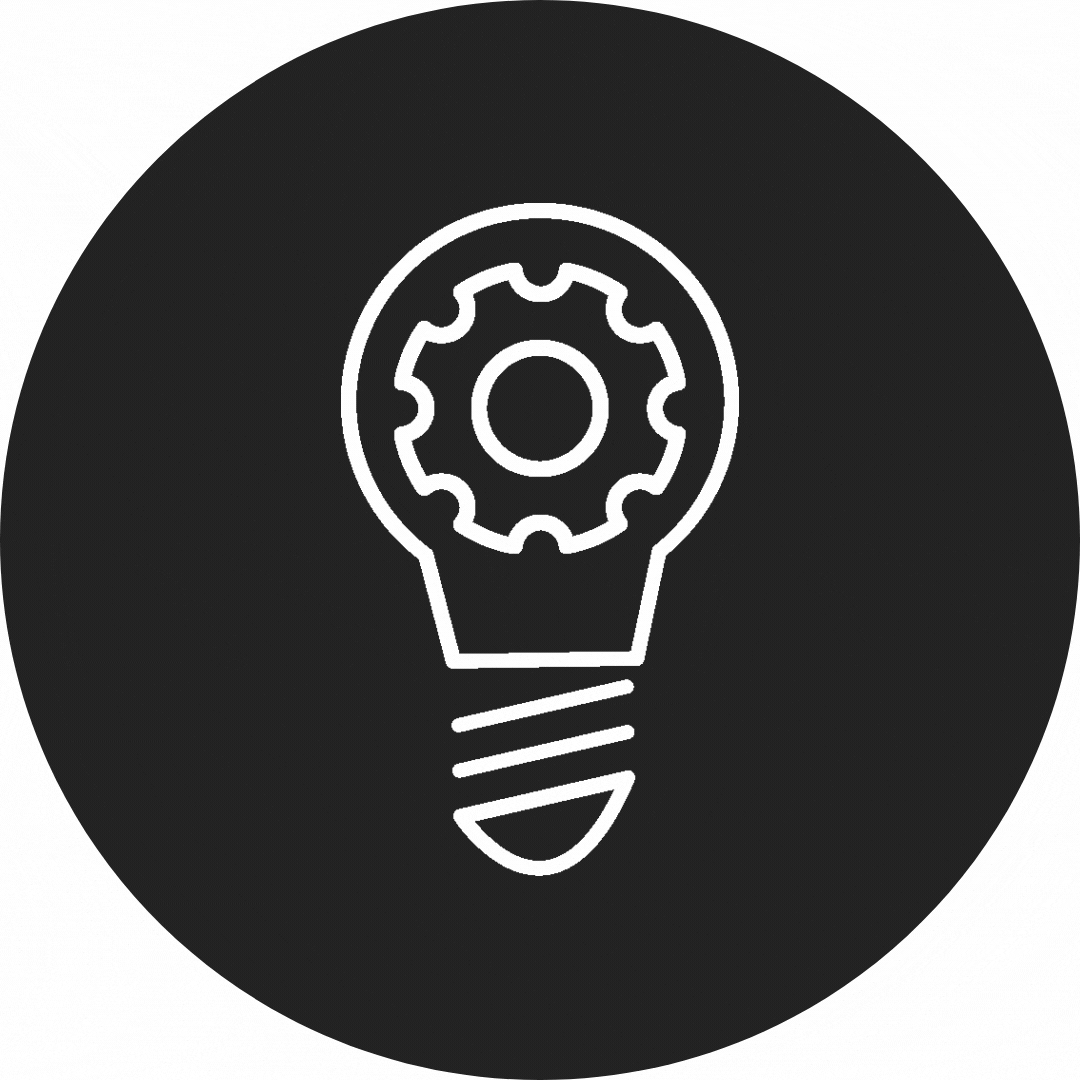
FAQs about Japanese Tea Answered by Dolce & Baku
✨ Got more tea questions for Dolce & Baku? Drop them in the comments below or tag us on Instagram @Dolce_Fly, and we might feature your question in a future post!
February Blog Series: A Taste of Japanese Tea
As we explore Japanese tea, here’s what we’ve covered this month:
- 🔙 Week 1 (2/4): Shall We Have Tea? – Exploring Japan’s Rich Tea Culture.
- 🔙 Week 2 (2/12): Morning to Night – The best Japanese Teas for Different Times of the Day.
- 📍 Week 3 (2/19): Coffee vs. Tea – A Caffeine Comparison – Today’s post!
- 🔜 Coming Next Week (2/26): Preparing for Your Tea Journey – A Practical Guide to Starting Your Tea Adventure!
✨ Coming Next Week: Don’t miss our final post in the series, a step-by-step guide to brewing the perfect cup of tea—don’t miss it!
We Love to Hear from You!: What’s Your Tea Ritual?
Join the Conversation!
What’s your ultimate energy booster—coffee or tea? And do you have a favorite way to unwind with a warm drink? Let us know in the comments!
Have you participated in Dolce & Baku’s Weekly Challenge? If so, share your reflections—we’d love to feature community insights in future posts!
💌 Stay in the Loop!
- 📩 Subscribe to our newsletter for exclusive tea content & behind-the-scenes updates.
- 📷 Follow us on Instagram: [@dolce_flys] for daily inspiration.
- 📘 Connect on Facebook: [@kikisthouse].
Thank you for being part of this journey. Until next time, may your days be filled with calm hearts and a warm cup.
Sipping Stories, Steeping Memories, and Sweet Dreams Together
Kiki and Dolce

